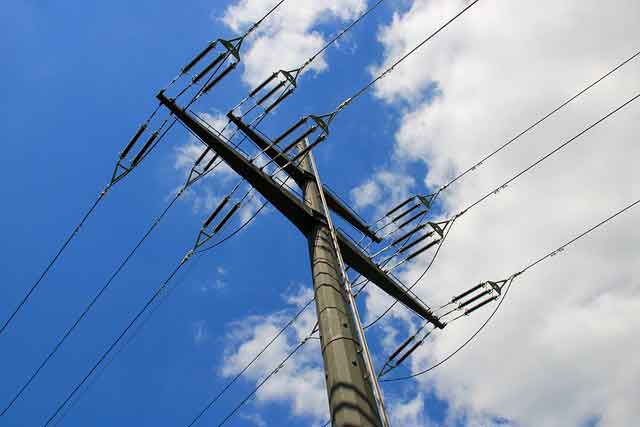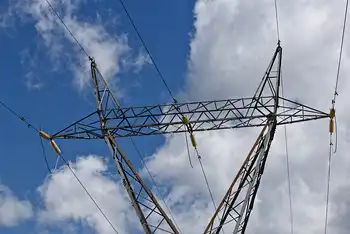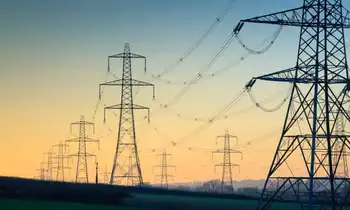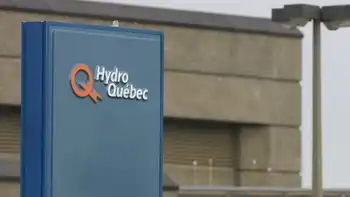TVA urges conservation to limit rate impact
As senior vice president of energy conservation for the Tennessee Valley Authority, Dr. Hoagland heads a $99 million program this year to help convince Tennessee Valley power users to buy less of what TVA sells. With today's increase in power rates of 2 percent, his job has gotten a little easier.
"Certainly, higher rates make everyone more conscious of how they use electricity," he said. "We think there are some real opportunities to promote more energy efficiency and to help lessen the amount of expensive power that we have to generate or buy during peak periods."
By 2012, TVA officials want to promote efficiency programs to cut the growth in its peak demand by at least 1,400 megawatts — or more than the power generated by a typical nuclear reactor.
TVA is more than quadrupling its budget for energy conservation in the next fiscal year to fund more consumer education, energy audits and pilot programs for new technologies and pricing incentives. But a former TVA energy advisor insists the federal utility could do far more to promote efficiency and reduce power consumption.
Arjun Makhijani, president of the Institute for Energy and Environmental Research, claims TVA eventually could wean itself of needing any power from either coal or nuclear power over the next three decades by promoting efficiency and alternative energy sources. Today, nearly 90 percent of the power generated by TVA comes either from one of the utility's 59 coal-fired units or one of TVA's six operating nuclear reactors.
"I think with the technology we see in the near future, we can get rid of fossil fuels and nuclear power at reasonable costs," said Dr. Makhijani, an electrical engineer. "Building efficiency has to be at the core of such efforts."
Most of TVA's conservation programs were abandoned in the 1980s and today Tennessee, Alabama and Mississippi in the TVA service territory are among the top states in per-capita electricity consumption. TVA customers rely more upon electricity than other energy sources, agency spokesman John Moulton said.
Dr. Hoagland said TVA is working to restore more energy audits and information for customers similar to what it offered in the 1970s and early 1980s.
But with a $25.2 billion debt, TVA isn't planning to bring back the loans for conservation assistance it promoted three decades ago, he said.
By fiscal 2010, TVA plans to implement time-of-day pricing to offer financial incentives for customers to reduce energy use during peak demand periods when electricity must be generated by more expensive sources, Dr. Hoagland said.
Alex Tapia, a program manager for the Southeast Energy Efficiency Alliance, said rate increases today and over the past couple of years are encouraging consumers to turn to more energy-efficient homes and appliances. By 2025, Mr. Tapia said, at least half of the new growth in electricity demand easily could be met by conservation and efficiency measures.
"I definitely see a change on the horizon on how we view efficiency," he said. "But TVA, the state, businesses and individuals all still need to do more."
Related News

Ontario Drops Starlink Deal, Eyes Energy Independence
TORONTO - In a decisive move, Ontario Premier Doug Ford announced the cancellation of a C$100 million contract with Elon Musk's Starlink, a subsidiary of SpaceX, in direct response to U.S. President Donald Trump's imposition of tariffs on Canadian imports. This action underscores the escalating trade tensions between Canada and the United States and highlights Ontario's efforts to safeguard its economic interests.
The now-terminated agreement, established in November, aimed to provide high-speed internet access to 15,000 homes and businesses in Ontario's remote areas. Premier Ford's decision to "rip up" the contract signifies a broader strategy to distance the province from…





